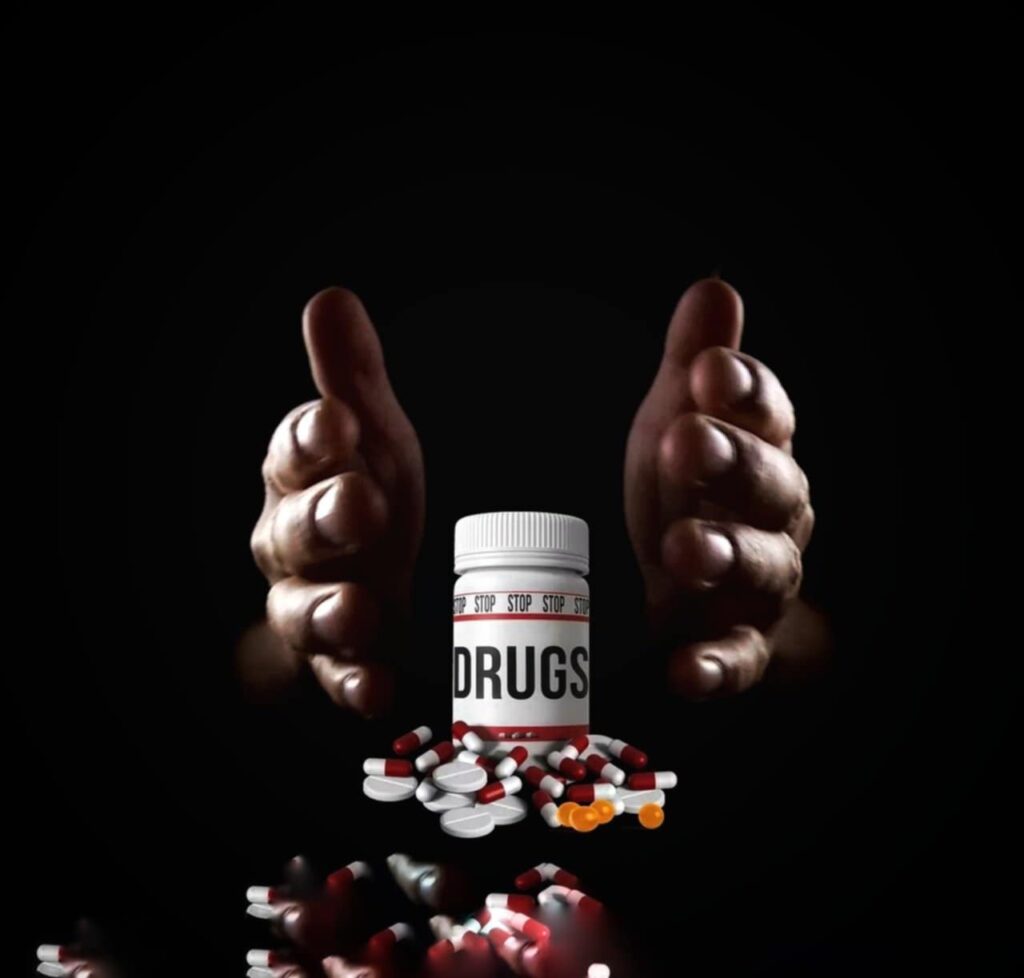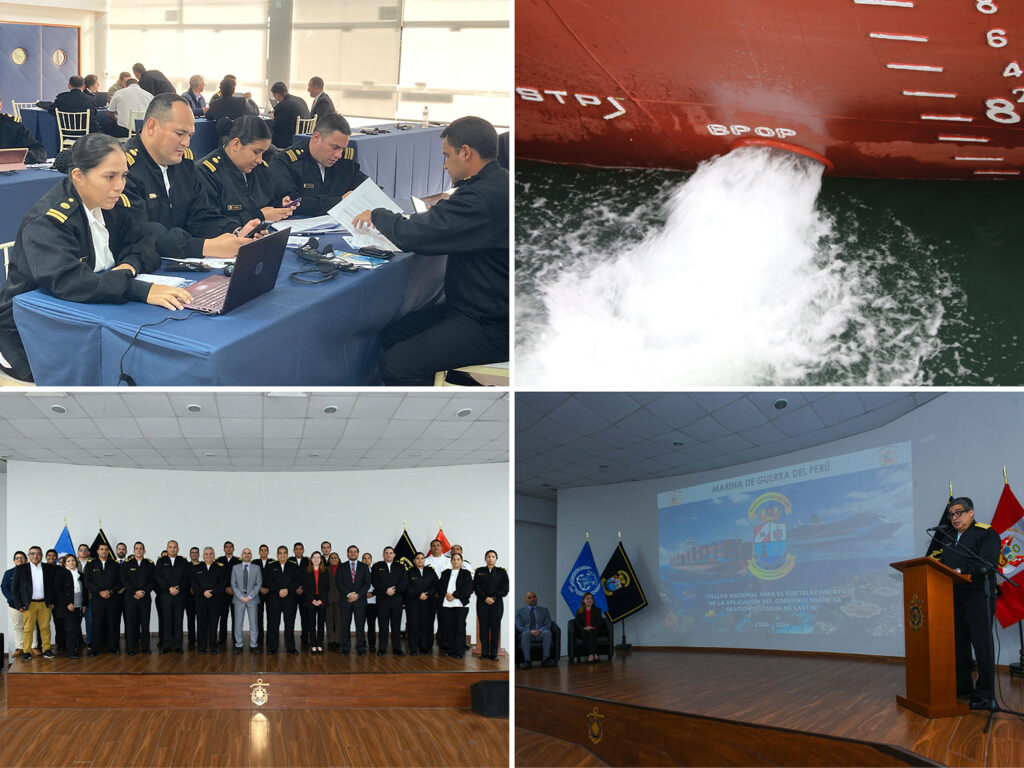Over 1,826 tonnes of illicit drugs were seized in or in transit to European seaports between January 2019 and June 2024
EU Drug Market analysis from the EUDA and Europol
The European Union’s seaports remain a prime target for drug trafficking networks, serving as key entry points for illicit drugs into the region. As a result, closer cooperation and improved data sharing between ports is crucial to effectively address the problem according to Shipping Italy
“Seaports: Monitoring EU gateways for illicit drugs”
This was highlighted in a report entitled “Seaports: Monitoring EU gateways for illicit drugs” drawn up by the European Union Agency for Drugs (EUDA) and the World Customs Organization (WCO) Regional Intelligence Liaison Office for Western Europe
Maritime drug trafficking
The report provides the first detailed overview of maritime drug trafficking targeting EU ports. The ultimate goal of the report on this issue is to strengthen the capacity to monitor trafficking trends in these key locations and inform evidence-based responses at EU level.
Criminal activity targeting EU seaports
The findings highlight the worrying scale of criminal activity targeting EU seaports. Over 1,826 tonnes of illicit drugs were seized in or in transit to EU seaports between January 2019 and June 2024: 68% were intercepted in EU seaports themselves (1,244 tonnes) and the remainder outside the EU but in shipments destined for the EU. Some 1,507 tonnes (83%) were seized from container ships.
18 EU Member States
A total of 18 EU Member States, covering 96 EU ports, reported drug seizures to the WCO’s Customs Enforcement Network (CEN) database, including 24 of the 33 seaports belonging to the European Ports Alliance.

ProtectEU strategy.
The analysis describes how some seaports not currently members of the Alliance are “significant targets for maritime drug trafficking”, demonstrating the potential importance of expanding their membership, as announced in the ProtectEU strategy.

A large share of all drugs in Europe
The report reveals that a limited number of EU ports, such as Rotterdam (Netherlands) and Antwerp (Belgium), handle a large share of all drugs seized in Europe. However, a wide range of other ports, of varying size and transport capacity, are also affected and report significant seizures of a variety of drugs.
Cocaine was by far the most trafficked drug, accounting for around 82% (1 487 tonnes) of the total narcotics intercepted in the monitoring period, followed by cannabis resin (260 tonnes). The ports of Antwerp and Rotterdam seized the largest quantities of cocaine (around 443 tonnes and 181 tonnes respectively) and heroin (8.1 tonnes and 5 tonnes respectively).
The Spanish ports of Las Palmas de Gran Canaria and Huelva seized the largest quantities of cannabis resin (42 tonnes and 30 tonnes respectively). At least 21.7 tonnes of captagon were intercepted in EU seaports during the period, most of which came from a seizure in Salerno (Italy) in 2020 (14.2 tonnes).
The report warns that the scale and regularity of large shipments (averaging over 500 kg of cocaine and 1.3 tonnes of cannabis resin per shipment) confirm that criminal networks use EU ports to smuggle large quantities of drugs, particularly cocaine.

This also implies a significant degree of penetration of organised criminal networks into EU ports, including likely corruption of some port staff. Furthermore, drug-related violence has been frequently observed in these port environments. Most of the drugs smuggled through EU ports end up feeding domestic drug markets, where violence is increasingly common.
The report concludes with a number of recommendations, including strengthening data collection and reporting of drug and chemical precursor seizures and ensuring that all European Ports Alliance member seaports regularly provide comprehensive seizure data to the WCO CEN database.
Expanding the membership
The report also highlights the importance of expanding the membership of the European Ports Alliance and providing training and resources to law enforcement, port authorities and other stakeholders to improve data collection and reporting.
Related : Captain of Scot Bremen Catches Five Crew Smuggling Drugs




